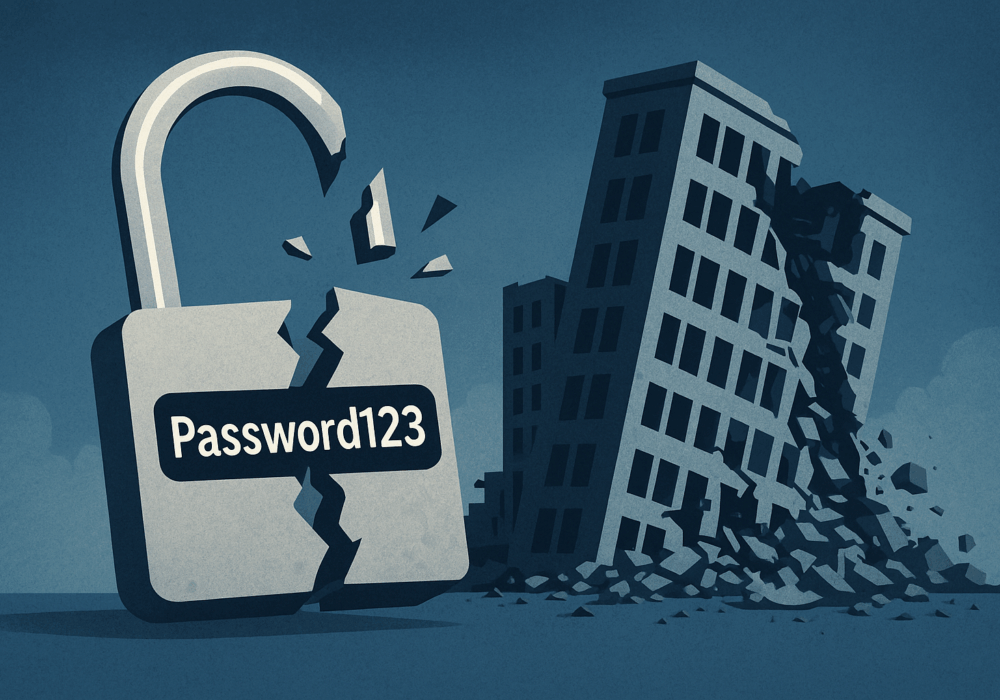With the issues we are facing today with the coronavirus, many technology companies are looking for ways they can stay afloat, but some are looking for ways to use their technologies to help with the issue at hand. A company by the name of DERMALOG, a biometrics company that makes fingerprint, iris, and facial recognition hardware, has adapted its technology to determine the temperature of individuals. Another company, Teplo, is working on something very similar; combining facial recognition with infrared thermography to realize close range, contactless facial recognition, and temperature detection. Importantly, both products primary purpose continues to work despite faces being obstructed by N95 coronavirus masks being worn. Putting these technologies to work in high-traffic locations to both identify ones identity to allow them entry while also checking for a fever is an interesting and clever way to help stop the spread of the Coronavirus.
The technology from the Teplo facial recognition thermometer adopts multiple AI technologies that includes contactless temperature measurement, mask detection and facial recognition. This technology rapidly identifies people with a high fever. The temperature can be quickly measured within a range of 0.5-0.7m, with an accuracy of ±0.5℃. Those who have an abnormal temperature or not wearing a mask will be detected at sub-second speed, and the thermometer will automatically mark them down and start alarm mode. Based on the accurate thermal imaging temperature measurement, the Telpo facial recognition thermometer can detect the forehead temperature and quickly identify the information of the person with a mask. The display screen on the hardware will reflect the temperature in real-time, having the identity and temperature checked simultaneously to achieve the result in just seconds after scanning. The accurate recognition rate of this technology is 99.5%, allowing for very accurate scans, failing 1 out of every 200 face scans.
In order to become infected with the coronavirus it takes coming in close contact with those infected with the virus. This contactless testing method is able to greatly reduce the probability of contact infections and give us the ability detect temperature anomalies in advance of coming into contact with others.
However, limitations are that not all carriers of the Coronavirus have fevers nor do they present outward signs of the virus so this technology is not a panacea. However, it will help stop the spread of the virus in individuals with a fever, and it will help speed access control measures while also removing the inconvenience and risk of removing and replacing ones protective mask (touching ones face with unsanitized fingers spreads the virus).
The company of Teplo certainly thinks they can make a significant difference in this fight against COVID-19. Here is what they had to say in a publication on their website:
Telpo facial recognition thermometer enables the replacement of manual temperature measurement and personnel information check, making all-weather monitoring possible, achieving intelligent personnel management, information judgment, data upload, and related functions. This technology can not only reduce the risk of cross-infection but also improve traffic efficiency by more than 10 times, which will save time and reduce congestion. It is suitable for government, customs, airports, railway stations, enterprises, schools, communities, and other crowded public places.
Using this facial recognition technology in high traffic areas where those are being screened already is something the government or these institutions should take a look at. South Korea was very successful in reducing community transmission through a combination of rigorous testing and spot screening for fevers. This is definitely something companies and government entities should look into during this virus outbreak.
While facial recognition can help in so many ways, from fighting the coronavirus to catching criminals, there are some things we should keep in the back of our minds. For example, Clearview AI has created one of the broadest and most powerful facial recognition databases in the world. Their application allows a user (usually law enforcement) to upload a photo of an individual into the application. Once the photo is analyzed within the app, it shows the requestor all the public photos of that same individual found in their database of more than 3 billion images; along with links to where those images may rest online (often in social media sites but many other places as well). The New York Times analyzed the computer code underlying the application, and found that Clearview AI code includes programming language to pair it with augmented-reality glasses; meaning users would potentially be able to identify every person they saw.
In a perfect world, this powerful application will help law enforcement identify and catch criminals. However, privacy advocates point out that not every nation using this technology is acting in good faith. From China to Russia, powerful nation states are using this to track their citizens, seeing almost everything they do.
Whenever powerful technologies such as these are being used by companies, we must beg the question, what is going to be done with our data? What happens if these technologies fall into the wrong hands? Great care must be taken by any organization that adopts facial recognition at this time, and should disclose their data collecting practices. It is easy to imagine hackers going after a database of facial recognition data to exploit, thereby giving criminals yet another weapon to use against the general public.
Clearview AI’s Groundbreaking Facial Recognition
Covid-19 Spurs Facial Recognition Tracking, Privacy Fears
Should Facial Recognition be Used to Identify Individuals with Coronavirus?
Telpo Facial Recognition Thermometer Helps Epidemic Prevention and Control
Clearview AI’s Groundbreaking Facial Recognition
Discover and share the latest cybersecurity trends, tips and best practices – alongside new threats to watch out for.

The rapid rise of generative AI has unlocked enormous promise, but it’s also accelerating the arms race in...
Read more
Newly discovered Android banking Remote Access Trojan (RAT), dubbed Klopatra, has compromised more than 3,000...
Read more
In June 2025, KNP Logistics Group, a transport company in the UK with 500 trucks and nearly two centuries of...
Read moreGet sharper eyes on human risks, with the positive approach that beats traditional phish testing.
